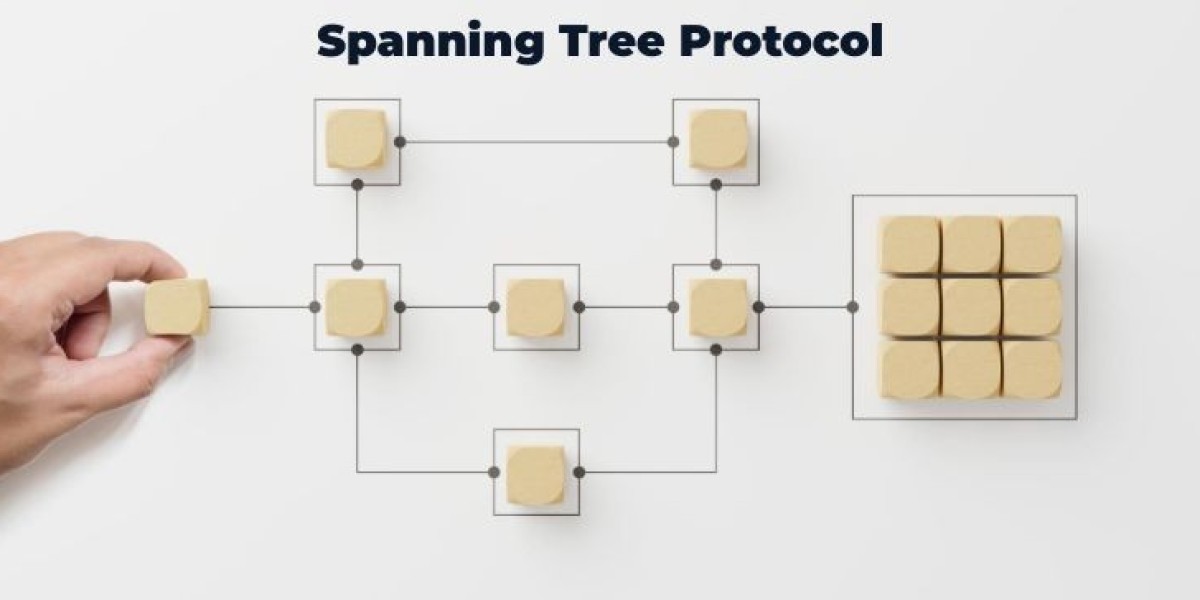In the ever-evolving world of network engineering, ensuring a robust, efficient, and reliable network is a paramount goal. The Spanning Tree Protocol (STP) has long been a staple for preventing loops in Ethernet networks, but it's not without its limitations. As networks scale and demands for faster, more resilient connectivity grow, several alternatives to STP have emerged. This article explores these alternatives, delving into their advantages, use cases, and how they compare to traditional STP.
Understanding Spanning Tree Protocol
Before we dive into the alternatives, let's briefly recap what STP is and its primary function. Developed in the 1980s, STP is designed to prevent network loops, which can cause broadcast storms and severely disrupt network performance. It achieves this by creating a tree structure that spans all switches in a network, blocking redundant paths and ensuring there is only one active path between any two nodes.
Despite its effectiveness, STP has several drawbacks:
- Convergence Time: STP can take considerable time to converge, leading to temporary network outages.
- Bandwidth Utilization: STP blocks redundant paths, which means some bandwidth goes unused.
- Scalability: In large networks, STP can become cumbersome and inefficient.
Given these limitations, network engineers have developed and adopted several alternatives to STP.
1. Rapid Spanning Tree Protocol (RSTP)
Overview
Rapid Spanning Tree Protocol (RSTP), defined in IEEE 802.1w, is an evolution of the original STP. It addresses many of the limitations of STP, particularly in terms of convergence time.
Advantages
- Faster Convergence: RSTP significantly reduces the convergence time compared to STP, typically achieving network stabilization within a few seconds.
- Backward Compatibility: RSTP is backward compatible with STP, allowing for a smooth transition.
- Improved Port States: RSTP introduces additional port states (discarding, learning, and forwarding), improving network efficiency and resilience.
Use Cases
RSTP is ideal for environments where reducing downtime is critical, such as in data centers and enterprise networks with high availability requirements.
2. Multiple Spanning Tree Protocol (MSTP)
Overview
Multiple Spanning Tree Protocol (MSTP), defined in IEEE 802.1s, allows for multiple spanning trees within a single network. This enables load balancing across different VLANs, addressing the bandwidth utilization issue inherent in STP.
Advantages
- Load Balancing: MSTP allows different VLANs to follow different spanning trees, optimizing the use of available bandwidth.
- Scalability: MSTP is more scalable than STP and RSTP, making it suitable for large, complex networks.
- Flexibility: Network administrators can define multiple instances, each with its own topology, tailored to specific requirements.
Use Cases
MSTP is particularly useful in large-scale enterprise networks with multiple VLANs, where efficient bandwidth utilization and scalability are crucial.
3. Shortest Path Bridging (SPB)
Overview
Shortest Path Bridging (SPB), specified in IEEE 802.1aq, represents a significant departure from traditional spanning tree protocols. It uses IS-IS (Intermediate System to Intermediate System) routing to create the shortest path for data traffic, eliminating many of the limitations of STP.
Advantages
- Optimized Path Selection: SPB dynamically calculates the shortest path, improving network performance and efficiency.
- Increased Resilience: By using multiple equal-cost paths, SPB enhances network redundancy and fault tolerance.
- Simplified Management: SPB simplifies network management by reducing the need for manual configuration and optimization.
Use Cases
SPB is well-suited for modern data center environments and large enterprise networks where high performance, reliability, and simplified management are essential.
4. Transparent Interconnection of Lots of Links (TRILL)
Overview
Transparent Interconnection of Lots of Links (TRILL), developed by the IETF, combines the benefits of both bridging and routing. It uses IS-IS for path computation and encapsulates Ethernet frames in a TRILL header, facilitating optimal path selection and forwarding.
Advantages
- Optimal Path Selection: TRILL ensures data is forwarded along the shortest path, reducing latency and improving network efficiency.
- Loop Prevention: By using a routing protocol, TRILL effectively prevents loops without the need for traditional spanning tree algorithms.
- High Scalability: TRILL is highly scalable, supporting large, dynamic networks.
Use Cases
TRILL is ideal for large-scale data centers and cloud environments where efficient, loop-free network operation is critical.
5. Ethernet Fabric Solutions
Overview
Ethernet fabric solutions, such as those provided by Cisco FabricPath, Juniper QFabric, and Brocade VCS, offer a modern approach to network design. These solutions create a flat, scalable network architecture that eliminates the need for traditional spanning tree protocols.
Advantages
- Scalability: Ethernet fabrics can scale horizontally, supporting large numbers of devices without performance degradation.
- High Availability: Fabric solutions provide built-in redundancy and load balancing, enhancing network reliability.
- Simplified Management: With a flat architecture, Ethernet fabrics reduce the complexity of network management and configuration.
Use Cases
Ethernet fabric solutions are particularly beneficial in large data centers, where high performance, scalability, and simplified management are paramount.
Conclusion
While Spanning Tree Protocol has served the networking community well for decades, its limitations in terms of convergence time, bandwidth utilization, and scalability have driven the development of several viable alternatives. Rapid Spanning Tree Protocol (RSTP) and Multiple Spanning Tree Protocol (MSTP) offer improved performance and scalability within the framework of traditional spanning tree algorithms. Meanwhile, Shortest Path Bridging (SPB), Transparent Interconnection of Lots of Links (TRILL), and Ethernet fabric solutions represent more radical departures, leveraging modern routing and fabric technologies to create more efficient and resilient networks.
Selecting the right alternative depends on the specific needs and constraints of your network environment. Whether you're looking to reduce convergence time, optimize bandwidth usage, or scale your network to meet growing demands, exploring these alternatives to STP can help you achieve a more robust and efficient network infrastructure.



